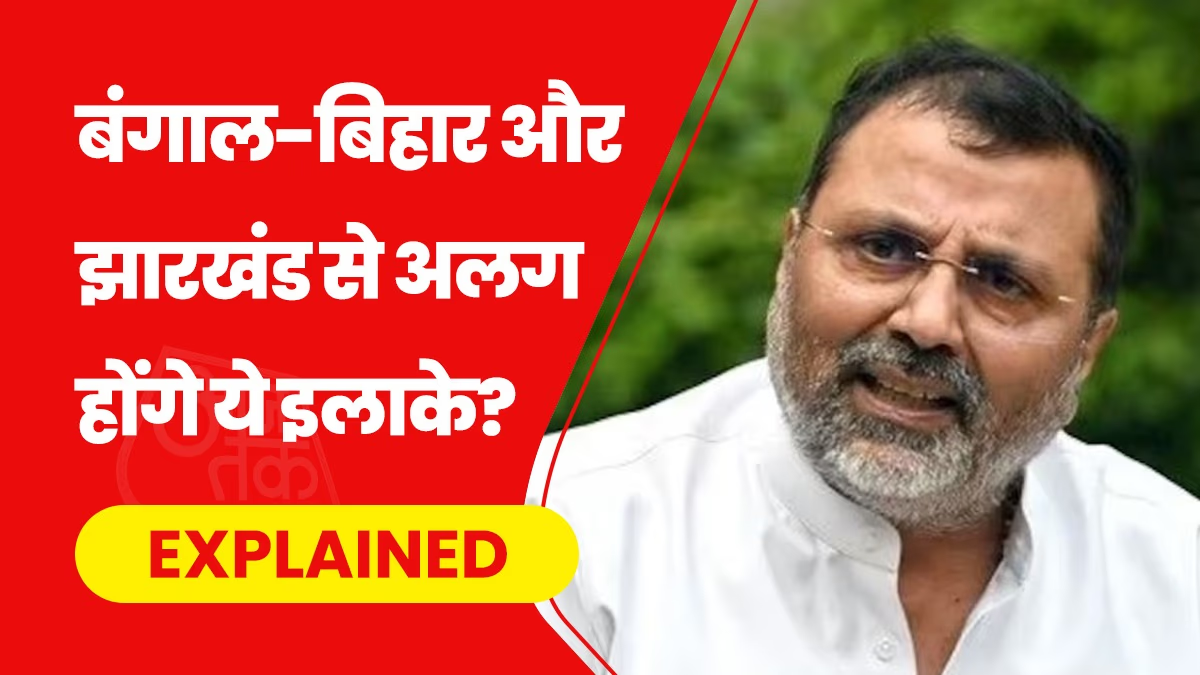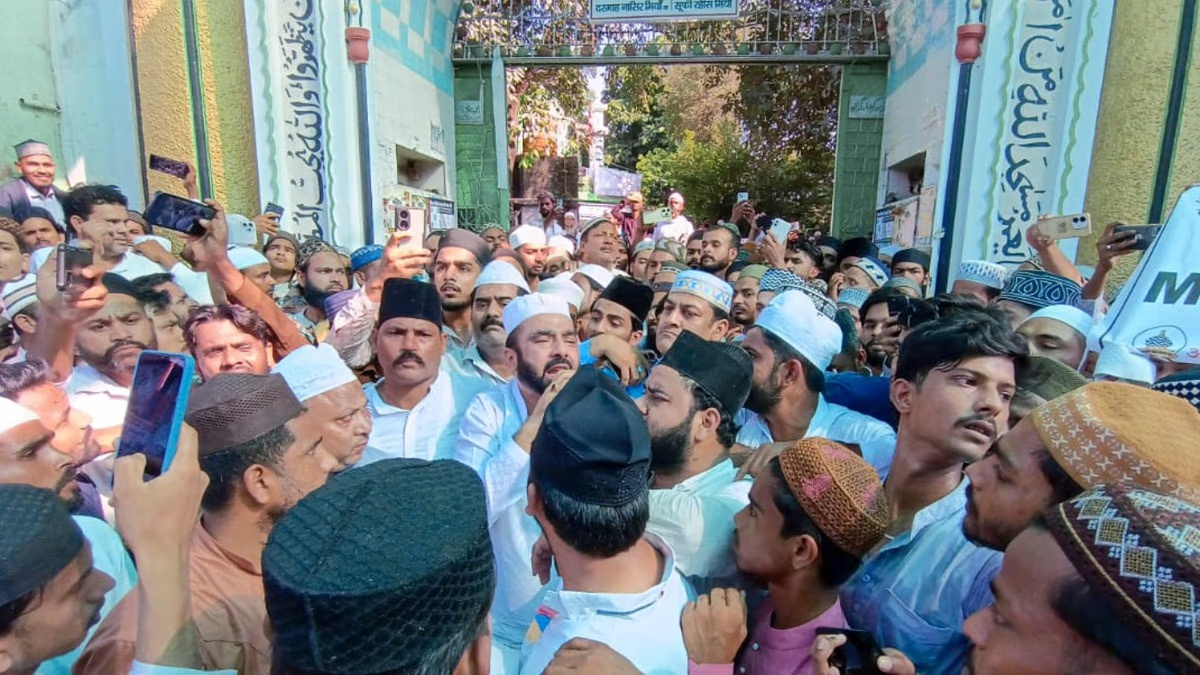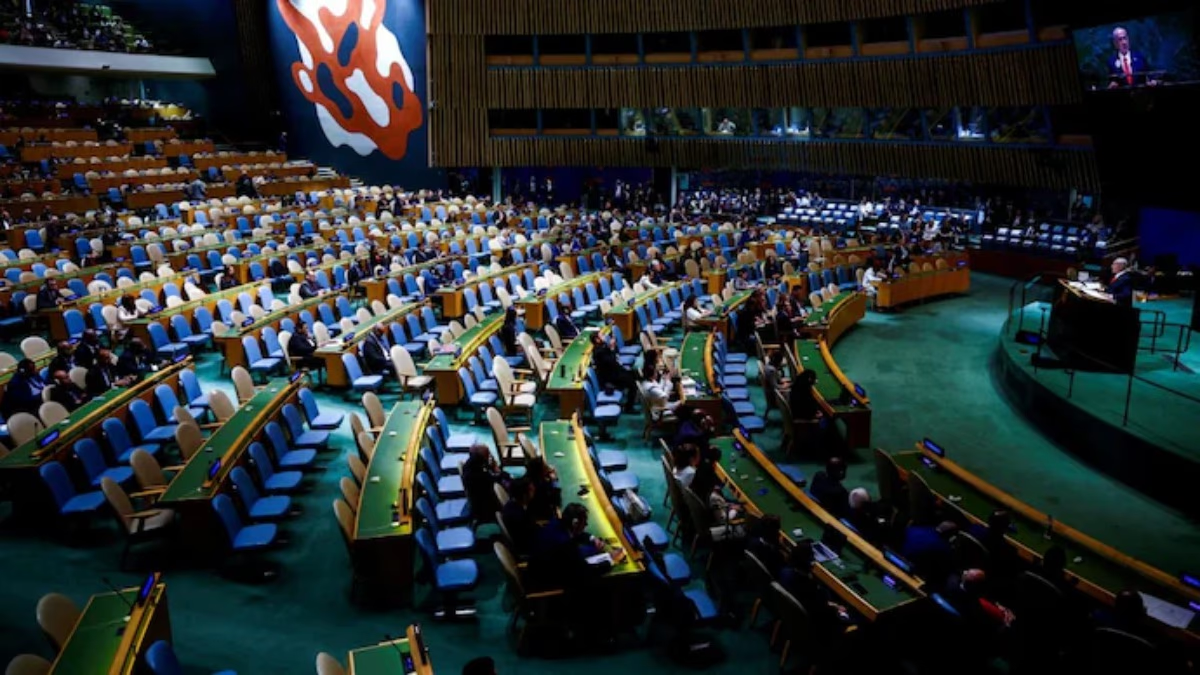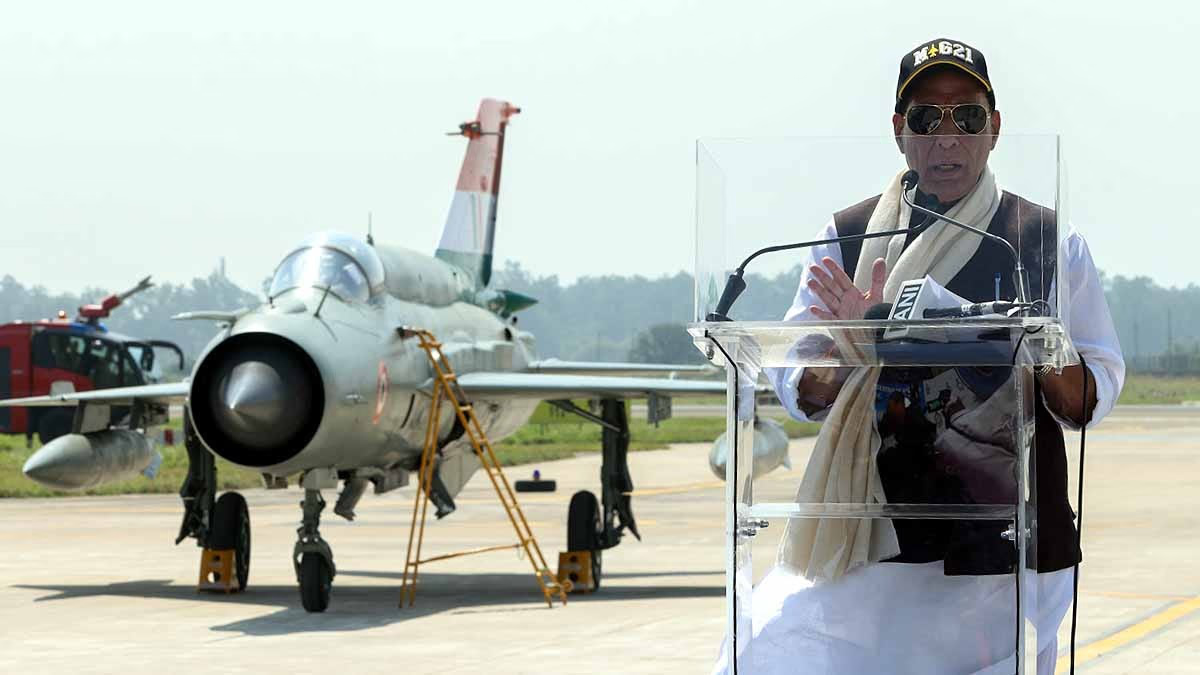BJP MP Nishikant Dubey presented an unusual demand on Thursday, stating that parts of Bihar, Jharkhand, and West Bengal should be combined to form a new Union Territory.
While raising the issue in Lok Sabha, Dubey claimed that in the Santhal Pargana region of Jharkhand, the tribal population is declining due to the influx of Bangladeshi immigrants. Dubey is also an MP from the Godda seat in the Santhal Pargana region.
Why the Demand for a New Union Territory?
He mentioned that regions like Malda and Murshidabad of West Bengal, Araria, Kishanganj, and Katihar of Bihar, and the Santhal Pargana region of Jharkhand should be formed into a Union Territory, along with the implementation of NRC.
The Santhal Pargana region comprises six districts: Godda, Deoghar, Dumka, Jamtara, Sahibganj, and Pakur.
Dubey claimed that Bangladeshi immigrants marry tribal women and even run for positions in the local and parliamentary elections. He observed that most women running for these elections have Muslim husbands. There are at least 100 villages in Jharkhand where the village heads’ husbands are Muslim.
Dubey emphasized that this issue is not about Hindus versus Muslims, but about the settlement of outsiders in the area. He stated that the Muslim population has increased in Santhal Pargana because a large number of people from Malda and Murshidabad are coming and pushing the Hindu population out of the villages.
Dubey claimed that when Jharkhand was separated from Bihar in 2000, the tribal population was 36%, which has now reduced to 26%. He further claimed that in 25 assembly seats of the state, the Muslim voter population has increased by 110% to 125%.
How is a Region Declared a Union Territory?
Only the central government has the authority to declare any area or region as a Union Territory, and that too only after it is approved by the Parliament.
Several factors are taken into account when declaring a region as a Union Territory: for instance, regions that are part of India but are very distant from the mainland cannot be part of a neighboring state. Lakshadweep and Andaman-Nicobar are examples of this. Both are part of India but are far from the mainland.
Additionally, if an area is small in terms of population and geography, making it difficult to designate as a separate state, it is made into a Union Territory.
Moreover, regions with distinct cultural heritage might also be declared Union Territories to preserve their identity. Besides cultural reasons, political and administrative considerations can also lead to the creation of Union Territories.
Three Main Reasons for Creating Union Territories
1. Geographic Reasons:
Some parts of India are far from the mainland and are small in population and area, making them difficult to designate as separate states. Thus, they are made Union Territories. Examples include Lakshadweep and Andaman-Nicobar.
2. Cultural Reasons:
Daman and Diu and Dadra and Nagar Haveli were influenced by Portuguese rule, and Pondicherry by French rule for a long time, so their culture reflects that influence. To preserve their unique cultural identity, they are designated as Union Territories.
3. Political Reasons:
For political and administrative efficiency, some regions are made Union Territories. For example, Delhi is kept separate from other states similar to Washington D.C. in the USA. It also has its assembly. Additionally, when Punjab and Haryana were separated, there was a dispute over Chandigarh, which led to Chandigarh being designated as a Union Territory. Besides Delhi, Pondicherry and Jammu and Kashmir also have their assemblies.
Control Over Union Territories
While states are governed by their elected governments, Union Territories are directly under the rule of the President. The President appoints 'administrators' and 'lieutenant governors' for each Union Territory.
The administration of Union Territories is carried out by these administrators and lieutenant governors under the guidance of the President, who acts on the advice of the Cabinet. This essentially puts Union Territories under the governance of the central government.
In Union Territories like Andaman-Nicobar, Delhi, Pondicherry, and Jammu and Kashmir, there are lieutenant governors, whereas Daman and Diu, Dadra and Nagar Haveli, Lakshadweep, Chandigarh, and Ladakh have administrators.




